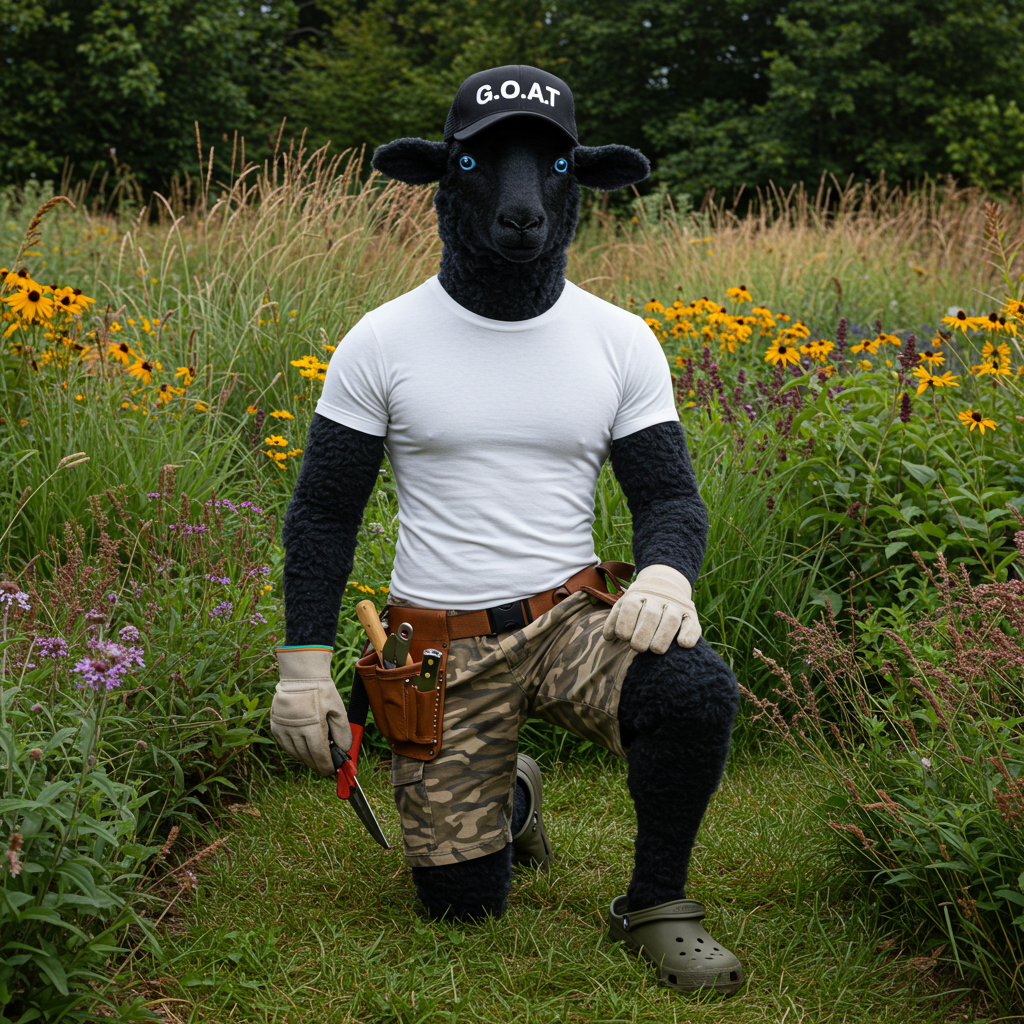Design Thinking in the Garden: How to Create Drifts and Repetition Like Piet Oudolf

Design Thinking in the Garden: How to Create Drifts and Repetition Like Piet Oudolf
There’s something about a Piet Oudolf garden that stops you mid-step. Not with flashy flowers or rigid symmetry—but with emotion. His gardens feel. They sway. They hum. And they show us that design isn't about controlling nature, but partnering with it.
At the heart of his philosophy? Drifts and repetition. These two deceptively simple tools create flow, cohesion, and that elusive "natural yet intentional" look so many of us crave. Whether you’re designing a small border or revamping a wild corner of your yard, let’s walk through how to think like Oudolf—no beret or Dutch passport required.
1. Understanding the Drift (It’s Not a Snowstorm)
In Piet’s world, a drift isn’t something your driveway needs plowing—it’s a group of the same plant, flowing together like a brushstroke on a canvas. Picture a swath of Russian sage dancing in the breeze, or a patch of echinacea echoing across a meadow.
Drifts offer two things:
-
Visual impact: A mass of one plant makes a bigger statement than a single specimen.
-
Natural rhythm: Just like in the wild, plants clump together. Mimicking that creates a landscape that feels grounded and believable.
Try this: Instead of planting one of everything (tempting, I know), choose 3–5 favourites and plant them in generous groups. Size doesn’t have to mean “giant”—even a group of 5 or 7 can make a meaningful drift.
2. Repetition: Nature’s Subtle Beat
If drifts are your brushstrokes, repetition is your rhythm section. It’s what ties the garden together—subtly, patiently, like a good host who introduces guests across the room.
Repetition doesn’t mean your garden becomes predictable. Done right, it creates a sense of familiarity and comfort. A clump of switchgrass here, another over there, and suddenly the eye has a path to follow. The space breathes.
Try this: Repeat key plants at intervals throughout the garden. Think of it like scattering breadcrumbs—but prettier and less appealing to raccoons.
3. Choosing the Right Plants: Structure Over Splash
Here’s where Piet flips the script on traditional garden design: he’s not looking for non-stop bloom. He’s looking for structure. Shape. Texture. Seed heads that hold their own in winter.
So when picking your plants for repetition or drifts, think beyond flowers. Look at:
-
Form: Upright (Veronicastrum), mounding (Geranium ‘Rozanne’), airy (Amsonia).
-
Foliage: Silvery, fine, bold, or spiky—mix textures for movement.
-
Seasonal interest: Will it offer something in fall? In snow?
A spent echinacea cone catching frost can be just as beautiful as its summer bloom.
4. Let Go of Perfection (Yes, Really)
This might be the hardest part: trusting the process. Oudolf’s gardens aren’t tidy. They aren’t precise. They evolve. Plants flop, wander, reseed. And somehow, it all works.
When you design with drifts and repetition, you’re not building a monument. You’re creating a living thing—one that shifts and grows, just like you. Embrace the ebb and flow. The slightly wild. The not-quite-symmetrical.
Remember: gardening like Piet isn’t about copying—it’s about feeling. It’s storytelling with plants.
5. Design With Your Gut, Refine With Your Eyes
Start loose. Sketch big blobs. Think in movements and moods, not inches and rows. Then, walk your space. Observe. Adjust.
A few guiding questions:
-
Where does my eye want to travel?
-
Do any plants feel lonely or too crowded?
-
Does the garden feel like one conversation, or a dozen small ones talking over each other?
Drifts and repetition help quiet the noise. They let the garden breathe and the viewer relax.
Final Thought: Embrace the Quiet Drama
Designing with drifts and repetition isn’t flashy. It won’t win you the “Most Flowers Per Square Foot” trophy (yes, that’s a thing—I checked). But it will give you a garden that moves people. That moves you.
And if you’re ever unsure, remember what Oudolf himself says:
“A plant is only worth growing if it looks good when it’s dead.”
That’s your permission slip to let the garden be wild, layered, imperfect—and deeply beautiful.
✨ Bonus Tip:
Want to practice before digging in the soil? Try sketching on tracing paper over a site photo. Map out drifts like paint strokes, and test repeating plant forms. It’s surprisingly satisfying—like adult colouring, but with potential deer drama.

